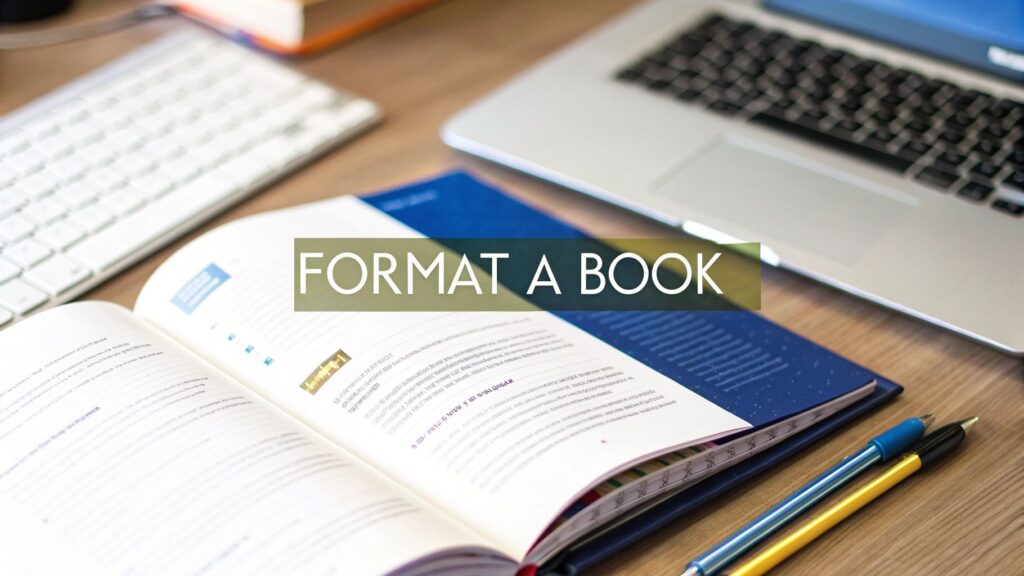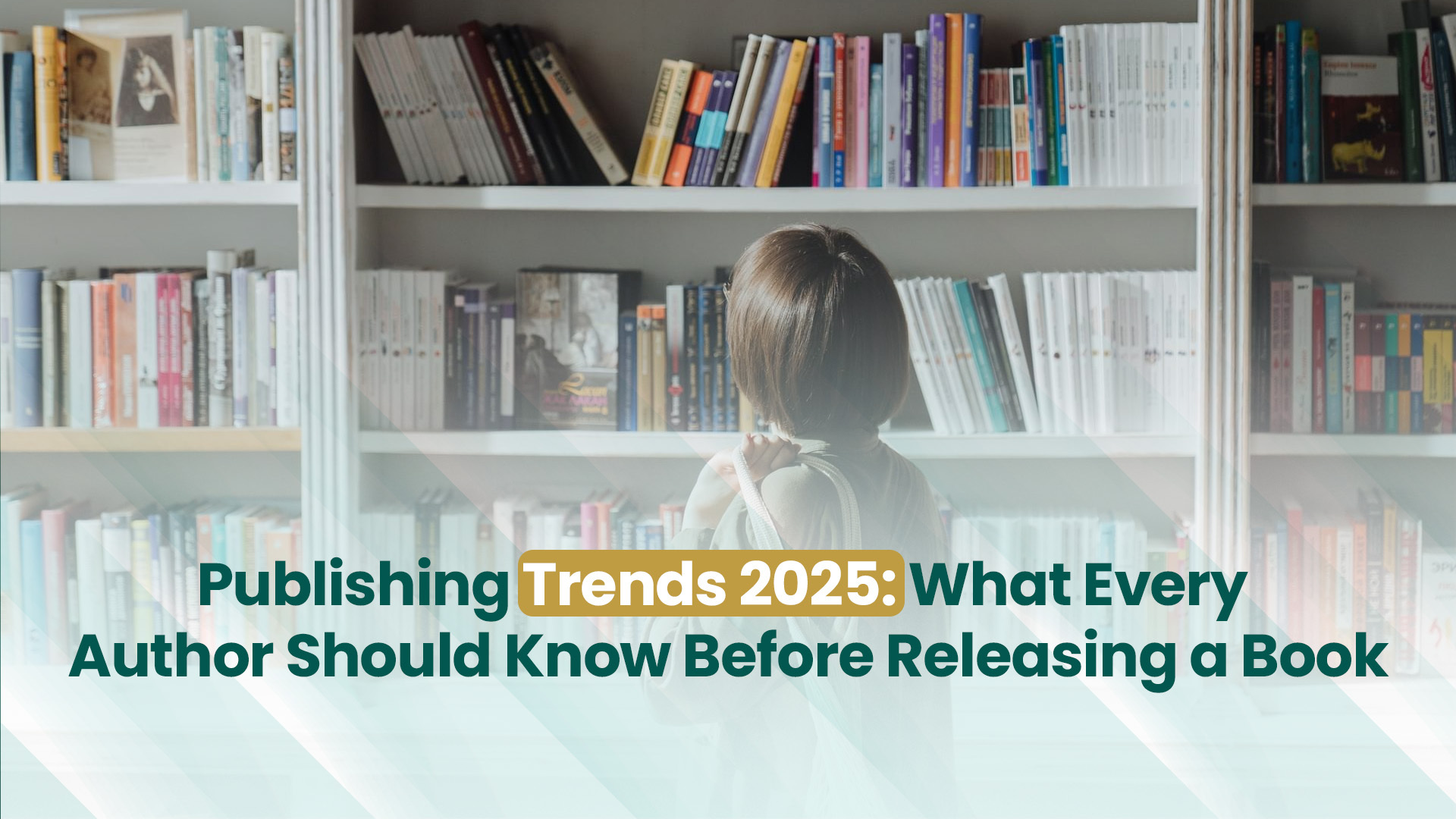The publishing industry has gone through major changes in the past ten years. Digital tools, online book retailers, and a stronger push to maintain creative freedom have shifted the way writers bring their ideas to readers. By 2026, self-publishing will move from being just another choice to becoming a respected and profitable standard in the book world.
In the past, traditional publishers controlled who got to become an author. Writers had to wait for approval, deal with repeated rejection, and hand over much of their creative control to editors and marketing teams. Now, that old way of defining success is fading fast.
Nowadays, authors all over the world are taking full control of their creative processes. Be it a novel, a collection of poetry, or a non-fiction guide, today you can do every part yourself — writing, editing, marketing, and global distribution — everything can be self-published, giving you the needed control to get a fair return on the invested effort.
Below, we discuss why more authors are taking this route in the year 2026, how it works, and what you can do to confidently publish your book.
Table of Contents
ToggleWhat Self-Publishing Really Means
Self-publishing means that the author is responsible for the end-to-end process involved in its creation and release. You decide on the cover, the price, marketing and distribution. You hold the rights to your book, and it is up to you how your book appears in the world.
Traditional publishing involves a company taking on your book, editing the book, and distributing it. The vast majority of the revenue belongs to the publisher, with you only getting a small percentage royalty. Self-publishing completely flips that equation.
You can publish both digital and print editions on platforms like:
Once you have uploaded your manuscript and cover, you set the price and distribution, and in a few days it could go live. You usually make 35% to 70% on each sale; traditional publishing rarely offers more than 10–15%.
The benefits of self-publishing give you creative control, fast publication, and ownership of your work.
The Shift from Traditional Publishing
Until recently, becoming a published author meant embarking on a long and selective process: submitting proposals, finding agents, and then waiting, often many months, to hear from them. Even successful authors typically would not find their books on store shelves until years later.
All of that changed with the digital revolution; the ability to publish online eliminated the need for approval from any corporate gatekeeper. Today, anyone with a story can reach a worldwide audience.
Such platforms as Amazon KDP and Apple Books have made the independent publishing market a billion-dollar one. Some indie authors now outsell those signed up to traditional houses.
In 2026, power lies with the creators and no longer with the corporations. The shift has been from approval to accessibility.
Why More Authors Are Self-Publishing
- Full Creative Control
Traditional publishers change storylines, titles, or covers to suit their perceived needs in the market. To some writers, that is a huge annoyance. When self-publishing, you have the driving seat when it comes to nearly every major decision about your work. You decide what it looks and reads like, and when the book is released.
You can publish a series, experiment with genres, or edit the editions any time. This level of independence enables you to have a final book that truly reflects your voice.
- Faster Publication
Traditional publishing can take 18 months to 3 years to get your book out to readers, while self-publishing could get the book out in weeks.
This flexibility of publication means that authors can publish books faster and respond to up-to-date topics or trends. As a matter of fact, speed often makes the difference in a fast-moving market.
- Higher Royalties and Fair Pay
Traditional authors will get about 10-15% royalties with cuts by agents and distributors, while on platforms like KDP, self-publishing writers enjoy up to 70% of the sale price.
Although some outlay is involved in editing and design upfront, the earning potential over the long term is much greater. A well-produced self-published book can continue generating income over many years without any middlemen taking a cut.
- Global Reach
Digital distribution removes all geographical limitations. Self-publishing platforms publish your book automatically to leading marketplaces such as Amazon, Kobo, and Apple Books around the world.
For instance, today, an author in India can sell directly to a reader in the United States or Europe. This kind of international exposure was previously possible only for large publishers.
- Ease of Use and Support
Self-publishing tools will be so intuitive in 2026 that an author can easily design a book or format it without technical skills.
You can use:
- Reedsy Book Editor – for formatting
- Canva – for professional covers
- Grammarly and ProWritingAid – for editing assistance
- Professional Book Publishing Company – for full professional support, offering complete packages of editing, design, and marketing.
The Emotional Side: Ownership and Pride
It’s also very personal to the self-publishers. A lot of pride comes, seeing your name on a finished book that you managed from start to finish.
Instead, you are no longer just a writer but an enterprising one: you decide on everything, even the minute details. For most authors, this is an empowering and motivating process, which would encourage them to write further and make their work better.
The Technology Behind the Trend
Innovation is fuel for self-publishing. Several technologies render the process efficient and low-cost.
As with Grammarly, the process with AI editing tools tends to be fast and inexpensive.
Print-on-Demand: Books are printed only against receipt of orders through services like IngramSpark and KDP Print, with no bulk printing.
Data and Analytics: Real-time dashboards show authors where their sales are coming from and which ads are working the best.
Social Media: Instagram and TikTok (for example, #BookTok) provide effective channels of visibility to independent authors.
Technology makes this scalable, data-driven business of publishing available to everybody.
The Rise of the Author-Entrepreneur
Today’s successfully published authors understand creativity and business. They create personal brands, run newsletters, and connect readers directly to their work.
In 2026, being an indie author means audience management as if the audience were a committed community: building relationships, releasing regularly, and treating your writing career as one that is sustainable.
Many indie authors earn regular income from:
This entrepreneurial approach provides the authors with financial independence and long-term success.
What Traditional Publishers Are Missing
Traditional publishing still carries prestige with it, but when pitted against the flexibility and profitability that come along with self-publishing, it cannot match up.
Common frustrations with traditional publishing are:
- Long pre-discharge wait times
- Creative compromises
- Low Royalties
- Doing well but always getting rejected.
Self-publishing eliminates each of these restrictions: authors who once had to depend on a publisher now have direct access to readers and greater profits.
Real Success Stories
Self-publishing has already launched global careers. A few better-known examples include:
- E.L. James, of Fifty Shades of Grey fame, started her career as an indie author and signed a major deal later on.
- Before it was adapted into one of the big Hollywood releases, Andy Weir had self-published the bestseller The Martian.
- Another example is Hugh Howey, popular author of Wool, who built up a large following as an indie author and then later was courted by the traditional publishers.
All these stories prove that independent publishing indeed offers both creative and commercial success.
Step by Step: How Self-Publishing Works in 2026
Writing and Editing
The manuscript you have with you is just a starting point; it needs to be professionally proofed for grammar, tone, and flow. Grammarly does a great job with self-editing, but get a professional editor for the final touches.
Format Professionally
Formatting can affect readability. You can do it yourself using Reedsy or Word templates, or you can hire a professional.
Design the Cover
A great cover sells books. Using Canva or a designer through Professional Book Publishing Company, make sure your cover fits your genre and market.
Choosing Your Platform
Publish via Amazon KDP for global digital distribution and IngramSpark for print distribution. Use Draft2Digital to extend your reach to Kobo and Apple Books.
Set Your Price
Normally, an ebook sells anywhere from ₹299 to ₹699 or $2.99–$9.99. Experiment with pricing to see what works best for your readers.
Launch and Promote
Publishing is just the beginning. Marketing builds readership, and with it, sales.
Closing Thoughts
Self-publishing has evolved into a global movement that empowers authors. It gives you complete control, connects you directly to readers, and helps you earn fairly from your creativity.
When you’re ready to publish, visit Professional Book Publishing Company. Their expert team handles editing, designing, printing, and marketing — whether you choose self-publishing or traditional routes.
Your story deserves to be shared. You no longer have to wait for permission — take control and share your voice with the world.







